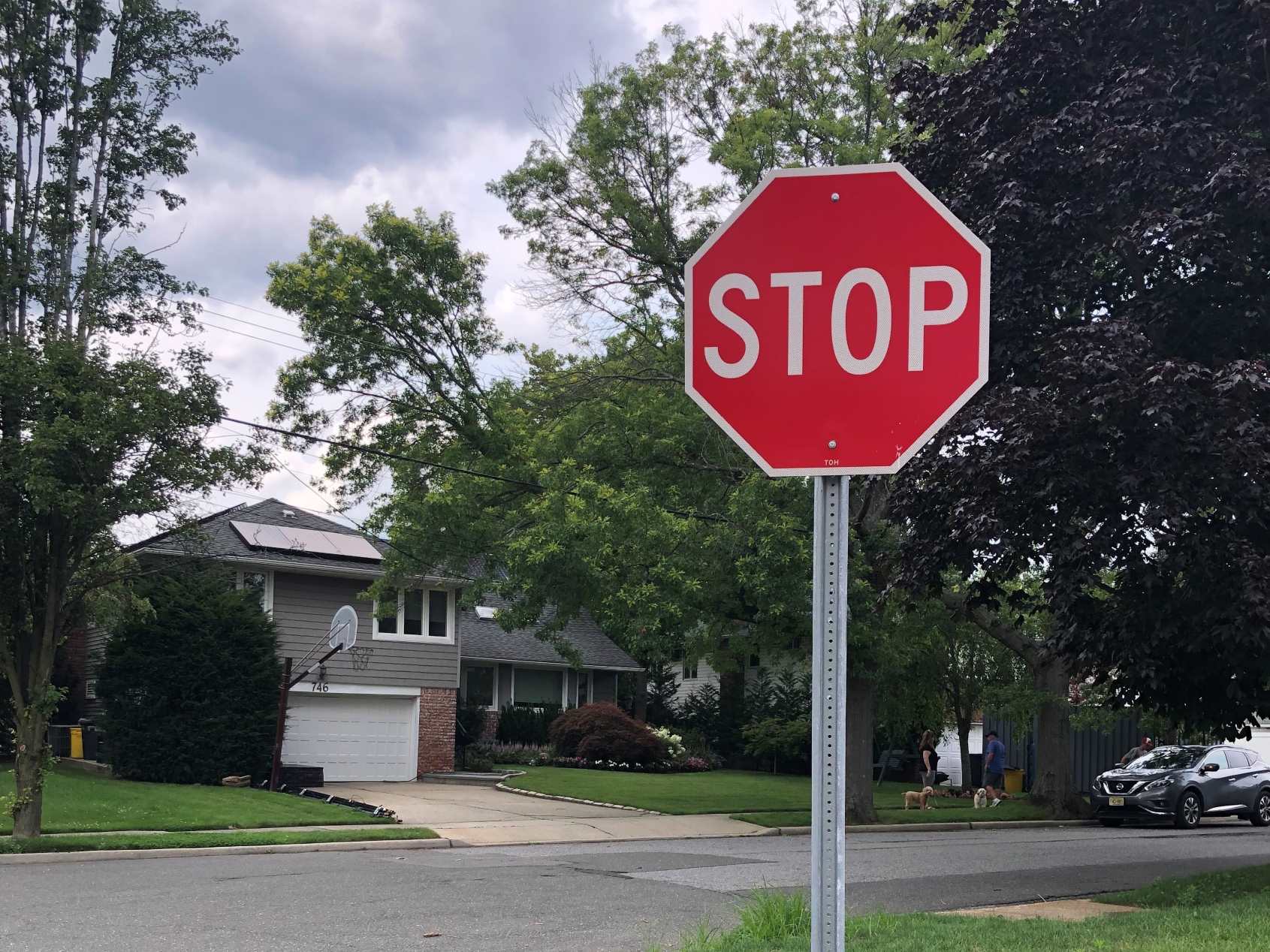
Stop signs are a common sight on roads around the world, serving as a vital tool for traffic control and ensuring the safety of motorists and pedestrians alike. Beyond their simple red octagonal shape and well-known command to halt, stop signs hold a fascinating history and a handful of lesser-known facts. From their origins as a response to early automobile accidents to the evolution of their design, stop signs have a story to tell. In this article, we will dive into 11 intriguing facts about stop signs that will deepen your understanding and appreciation for these crucial traffic control devices. So, buckle up and get ready to hit the brakes as we explore the fascinating world of stop signs!
Key Takeaways:
- Stop signs are red for high visibility, and their octagonal shape helps drivers easily recognize and respond to them, ensuring safety on the roads.
- Disobeying a stop sign can lead to severe consequences, including traffic fines, points on your driving record, increased insurance rates, and even accidents that may cause harm.
Stop signs are universally recognized by their vibrant red color.
Did you know that the color red was chosen for stop signs due to its high visibility? The bold red hue stands out against the surroundings, alerting drivers to come to a complete stop.
Octagonal shape:
Stop signs feature a unique octagonal shape.
The eight-sided design is not just for aesthetics but serves a crucial purpose. The shape assists in differentiating stop signs from other road signs, ensuring that drivers can easily recognize and respond to them.
The first stop sign:
North America’s first stop sign appeared in 1915.
Inspired by the need for traffic control, the first stop sign was installed in Detroit, Michigan, in It was a black and white sign with the word “STOP” written in capital letters.
Worldwide stop sign variations:
Stop signs display different languages worldwide.
While the English word “STOP” is commonly used on stop signs, various countries display their equivalent words in their respective languages. For example, in France, it reads “ARRÊT,” while in Spain, it says “ALTO.” This variation ensures clarity for drivers of different nationalities.
Reflective material:
Stop signs are made with reflective material.
To enhance visibility at night or during adverse weather conditions, stop signs are constructed with reflective materials. This ensures that drivers can see the sign from a distance, even in low light situations.
Stop signs as a symbol:
Stop signs have become a symbol for other areas of life.
The distinctive shape and meaning of a stop sign have transcended traffic regulations. The concept of stopping has been adopted as a symbol for various campaigns and movements, promoting awareness and action on different social issues.
The universal hand gesture:
The raised hand gesture represents a stop sign.
The familiar hand gesture of extending your palm forward is universally recognized as a sign to halt or stop. This gesture often accompanies verbal commands or can be used independently to communicate the need to come to a stop.
Stop sign placement:
Stop signs are strategically placed at intersections.
Stop signs are typically positioned at intersections to control traffic flow and prevent accidents. These strategic placements help regulate right-of-way rules, ensuring a smooth and safe movement of vehicles.
The purpose of the white border:
Stop signs have a white border surrounding the red octagon.
The white border serves as a contrasting element, further enhancing the stop sign’s visibility. The white edge makes the sign stand out against the background, making it easier for drivers to spot and react to.
Stop signs in different countries:
Stop signs are used in various countries around the world.
While the designs and wording may vary, the concept of a stop sign exists in many countries. It is an internationally recognized symbol for traffic regulation and safety.
Stop sign penalties:
Disobeying a stop sign can lead to severe consequences.
Neglecting to stop at a stop sign is not only dangerous but also unlawful. Violating a stop sign can result in traffic fines, points on your driving record, increased insurance rates, and even accidents that may cause harm.
Conclusion
Stop signs are a crucial part of our roadways, designed to enhance safety and regulate traffic flow. By understanding the facts about stop signs, we can all become more responsible and informed drivers.
From their distinctive octagonal shape to their universal hand gesture, stop signs serve as a visual and physical reminder for drivers to come to a complete halt and yield the right of way. They are typically placed at intersections and crosswalks where traffic control is necessary.
Remember, stopping at a stop sign is not just a legal requirement, but it also helps to prevent accidents and protect pedestrians. Always be attentive, anticipate other drivers’ actions, and adhere to the rules of the road to ensure a safe and smooth traffic experience for everyone.
FAQs
Q: How can I differentiate a real stop sign from a fake one?
A: Genuine stop signs have specific dimensions, reflective coatings, and a white border. They also display the word “STOP” in bold, capital letters. It’s important to familiarize yourself with these characteristics to identify authentic stop signs.
Q: Can I legally make a rolling stop at a stop sign?
A: No, a rolling stop is not considered sufficient. Drivers must come to a complete halt behind the stop line or crosswalk to comply with traffic laws and ensure the safety of others on the road.
Q: Are stop signs universally the same shape and color?
A: Stop signs worldwide are typically octagonal in shape and feature a red background. However, some variations may exist in different countries or regions based on local regulations and customs.
Q: Can I turn right at a stop sign without stopping?
A: No, even when making a right turn at a stop sign, it is essential to come to a complete stop first. Check for oncoming traffic and pedestrians before proceeding cautiously.
Q: What happens if I fail to stop at a stop sign?
A: Failure to stop at a stop sign can result in traffic tickets, fines, and points on your driving record. More importantly, it can lead to accidents, injuries, and even loss of life. It is crucial to follow traffic laws and respect the purpose of stop signs.
Was this page helpful?
Our commitment to delivering trustworthy and engaging content is at the heart of what we do. Each fact on our site is contributed by real users like you, bringing a wealth of diverse insights and information. To ensure the highest standards of accuracy and reliability, our dedicated editors meticulously review each submission. This process guarantees that the facts we share are not only fascinating but also credible. Trust in our commitment to quality and authenticity as you explore and learn with us.


